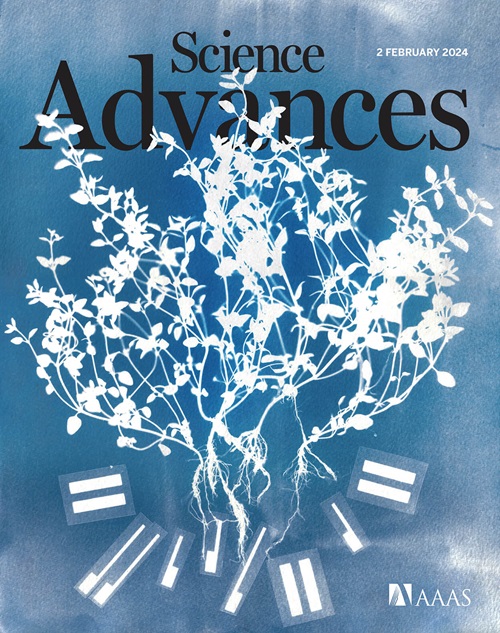Mycobacterium tuberculosis phagosome Ca2+ leakage triggers multimembrane ATG8/LC3 lipidation to restrict damage in human macrophages
IF 11.7
1区 综合性期刊
Q1 MULTIDISCIPLINARY SCIENCES
引用次数: 0
Abstract
The role of canonical autophagy in controlling Mycobacterium tuberculosis (Mtb), referred to as xenophagy, is understood to involve targeting Mtb to autophagosomes, which subsequently fuse with lysosomes for degradation. Here, we found that Ca2+ leakage after Mtb phagosome damage in human macrophages is the signal that triggers autophagy-related protein 8/microtubule-associated proteins 1A/1B light chain 3 (ATG8/LC3) lipidation. Unexpectedly, ATG8/LC3 lipidation did not target Mtb to lysosomes, excluding the canonical xenophagy. Upon Mtb phagosome damage, the Ca2+ leakage–dependent ATG8/LC3 lipidation occurred on multiple membranes instead of single or double membranes excluding the noncanonical autophagy pathways. Mechanistically, Ca2+ leakage from the phagosome triggered the recruitment of the V-ATPase–ATG16L1 complex independently of FIP200, ATG13, and proton gradient disruption. Furthermore, the Ca2+ leakage–dependent ATG8/LC3 lipidation limited Mtb phagosome damage and restricted Mtb replication. Together, we uncovered Ca2+ leakage as the key signal that triggers ATG8/LC3 lipidation on multiple membranes to mitigate Mtb phagosome damage.

求助全文
约1分钟内获得全文
求助全文
来源期刊

Science Advances
综合性期刊-综合性期刊
CiteScore
21.40
自引率
1.50%
发文量
1937
审稿时长
29 weeks
期刊介绍:
Science Advances, an open-access journal by AAAS, publishes impactful research in diverse scientific areas. It aims for fair, fast, and expert peer review, providing freely accessible research to readers. Led by distinguished scientists, the journal supports AAAS's mission by extending Science magazine's capacity to identify and promote significant advances. Evolving digital publishing technologies play a crucial role in advancing AAAS's global mission for science communication and benefitting humankind.
 求助内容:
求助内容: 应助结果提醒方式:
应助结果提醒方式:


